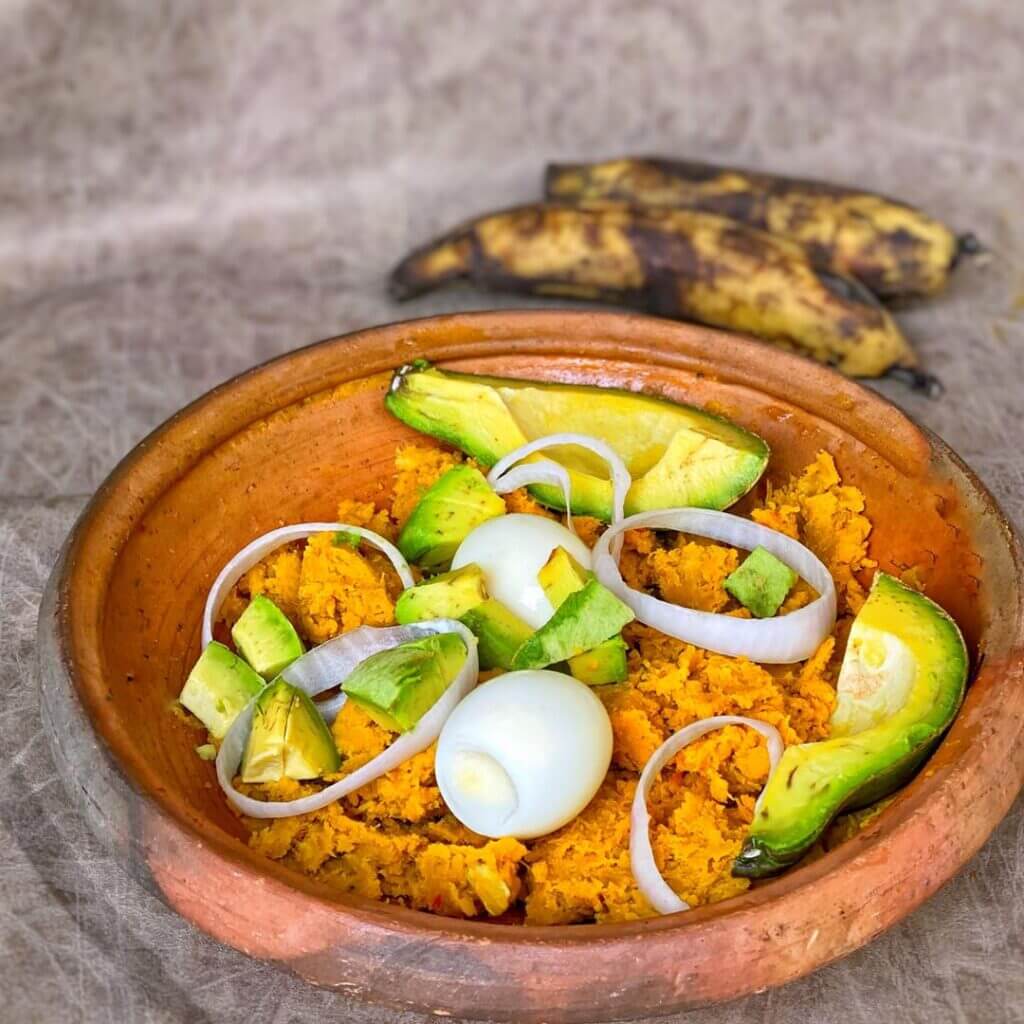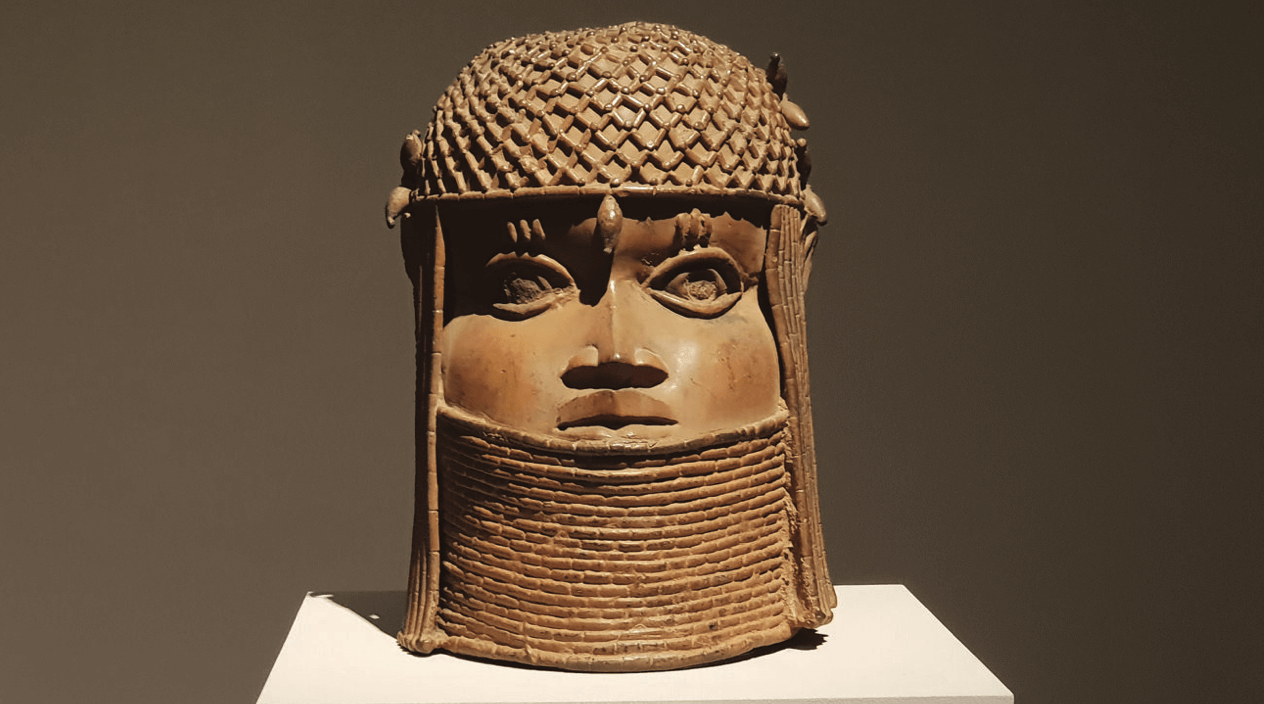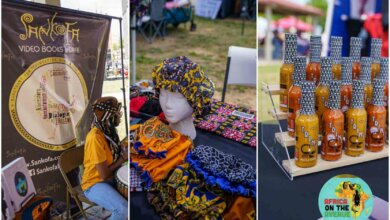Food and culture: A case study of Ghana’s Etor/Otor (Recipe Included)

The presence of Etor in almost all major Ghanaian celebrations speaks to the fact that food can never be separated from culture. Culture is a way of life and food is no doubt one of the biggest aspects of culture. It’s not just about the way its tastes or how it’s eaten, it transcends more into the meaning of the food and how it impacts the people who eat it. Take Etor from many festivities and you will find that there is a gap, a missing piece because at the end of the day how is an occasion without the presence of food?
Etor/Otor as it’s called by the Akan’s and the Ga’s is made from mashed yam or plantain mixed together with palm oil and other ingredients. It is a very wholesome meal enjoyed by both young and old. It is served with hard-boiled eggs, groundnuts, and sometimes pear or avocado. It is mashed in a traditional bowl called ayewa or Asanka by the Asante’s and Ga’s respectively. Etor or Otor is from the Akan and Ga regions and is used in many traditional settings.
Georgeweb.org understands there are two main components in this dish that plays a very significant role in Ghanaian culture: yam and eggs. They play a huge role in Ghanaian traditional ceremonies like wedding ceremonies, festivals, puberty rites, naming ceremonies, etc. These occasions play a huge role in Ghanaian culture and are very important to the Ghanaian people.
Otor/Etor and Cultural Activities
Etor/Otor is considered a sacred food in many Ghanaian communities. For example, Etor/Otor is served to the gods during some festivals in Ghana to appease them and thank them. It is also prepared during harvest times in some communities as a gesture of thanksgiving and first offered to the gods and ancestors to thank them for a bountiful harvest. During the Twins-Festival of the Ga Adangbes, Otor/Etor is served to twins as they are celebrated for being born in sets.
Puberty rites are performed in several communities for girls and boys who have reached adulthood, Etor is a meal that is significantly used in these ceremonies especially for girls. it is served to the girls who partake in these rites to show that they have become women. They are taught person al hygiene and the responsibilities of womanhood. The eggs in the otor are especially paid much attention to as it signifies fertility.
In many communities, Otor is known as the breakfast of the brides and is therefore used during wedding ceremonies. It is very filling and keeps brides away from using the restroom. It is again served during wedding ceremonies along with hard-boiled eggs as the eggs symbolize fertility. it is believed that when a woman eats otor with eggs on her wedding day, it prepares her womb to conceive. Brides are made to swallow the eggs as a sign of preparing themselves to conceive. It is considered bad luck if a bride chews an egg instead of swallowing it as it signifies that the bride is eating the babies in her womb.
How to prepare Etor /Otor
Course: Main course
Serving: 4
Origin: Ghanaian
Ingredients for Etor Preparations
o 4 fingers of plantain: 2 unripe. 2 medium ripe
o Salted fish (momone)
o 5 tablespoon palm oil
o 2 large onions (one chopped and one thinly sliced)
o 4 pieces of pepper
o 4 eggs
o Avocado
o Groundnut paste
o Roasted groundnut
Method
o Put plantains on fire and add pepper and eggs
o Cook for about 30 mins
o Grind boiled pepper with chopped onions and add salted fish
o Set aside and start mashing plantain in an Asanka with palm oil
o Add ground pepper to mashed plantain
o Add groundnut paste/Peanut butter to the mashed plantain
o Add salt to taste
o Garnish with eggs, avocado, and roasted groundnut
o Enjoy
How Etor is served
Otor/Etor is usually served in an Asanka with hard-boiled eggs, groundnuts and avocado. You can go the extra mile of topping it with some palm oil fried with onions, smoked fish, and salted fish (momone). It can be eaten on a plate but every lover of Etor will tell you that they enjoy it better in an Asanka or Ayewa. Etor made with yam is more popular in the Ga communities while Etor made with plantain popular in the Asante communities.
Nutritional benefits of Etor
Etor has many nutritional benefits . For example the Plantain or yam used in making Etor is carbohydrates which are the body’s main source of energy. The fiber in carbohydrates aids in digestion, helps you feel full when you eat etor, and keeps blood cholesterol levels in check. This is a great benefit for eating Etor. It is also believed that Etor prevents one from visiting the washroom frequently which is why it is given to brides on their wedding day.
Moreover, the eggs paired with Etor are pretty much one of the most nutritional foods. They contain a little bit of almost every nutrient you need for the body to flourish. A single egg contains Vitamin A, Folate, Vitamin B5, Vitamin, Phosphorus etc
Other ingredients such as groundnuts and avocado all contains so many amazing health benefits as well.
Etor is definitely the perfect cultural and healthy meal you need on your list of Ghanaian foods to try .
Source: Georgeweb.org
Christopher Sam is a savvy web designer and developer with advanced knowledge in Search Engine Optimization. The certified Google Trainer is also a trusty contributor to this website.





